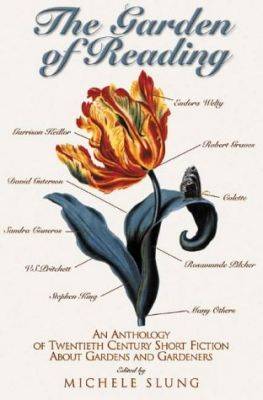‘The Garden of Reading: An Anthology of Twentieth-century Short Fiction About Gardens and Gardeners’ edited by Michele Slung.
growing fancy-leaf begonias, indoors and out
21.07.2023 - 22:50 / awaytogarden.com
IN LATE WINTER ‘YOU JUST TRY TO KEEP THEM BARELY ALIVE,’ Mobee Weinstein said when we met at a professional event one recent February. I was lamenting my winter-weary collection back at home, and consoled to hear from a pro that I wasn’t abusing my begonias, plants that Mobee, longtime foreman of gardeners for the New York Botanical Garden, introduced me to early on in our gardening careers. My begonias are at their lowpoint foliage-wise around then but some are always flowering anyhow—’tis the season. What courageous, forgiving members of my household and garden.I just call them all fancy-leaf begonias, but they divide into several structural groups:
Fibrous-rooted ones have cane-like stems and often wing-like leaves. Rhizomatous types grow from fleshy, caterpillar-like structures inclined to spread over the pot lips or even stand upward. The extra-flashy Rex begonias, which are a little trickier if you get too cool or too hot since they may defoliate in protest, are rhizomatous. I fail with them; my conditions are not to their liking. There are also semi-tuberous and tuberous begonias, with swollen bases, but my collection doesn’t include any right now. Though I am not in Zone 10 (minimum temperature 30-40 degrees F), where they’d be hardy, fancy-leaf begonias play an important role in my summer garden, anyhow, spending some of May through September or so outdoors, weather permitting. They love those months of high humidity, growing happily in the filtered light to the east of the house (above) where they spare me from buying lots of annuals for “color” along the front path, thanks to their spectacular leaves. My potted begonias provide most of the color I need.In the offseason, the begonias are a little less thrilled

Rhododendrons and Scotland
Arduaine Garden in Scotland is well-known in international Rhododendron circles for the number of wonderful species grown here, many of which are considered tender elsewhere and grow unusually under a canopy of mature Japanese larch. To some people, rhododendrons are those unpleasant purple-flowered objects which clog up our native woodlands. This is but one species, Rhododendron ponticum or a hybrid of it which spreads rapidly both by seed and sucker. Arduaine’s collection is extensive containing about 400 distinct species. The rhododendrons range from the large-leaved giants such as Rhododendron protistum, Rhododendron sinogrande and Rhododendron macabeanum to the small-leaved, high altitude plants which are often classed as rock plants, a sample of which would include Rhododendron fastigiatum, impeditum and orthocladum. In between these two extremes sit the majority of species of differing sizes with a variety of foliage shapes and an astonishing range of flower colour and form. One of the specialities is the only Rhododendron from Ceylon – Rhododendron arboreum subsp. zeylanicum.
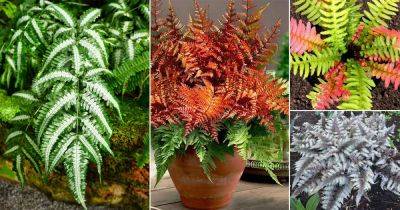
8 Best Colorful Ferns You Must Grow in the Garden
Colorful ferns can be an excellent addition to any garden or indoor plant collection. These plants are characterized by their beautiful, vibrant fronds ranging from shades of pink, red, yellow, and even purple.
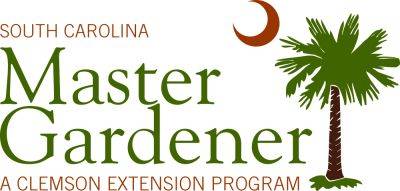
Pickens, Oconee, Anderson (POA) Master Gardener Program
2020 Master Gardener Training Course registration is OPEN
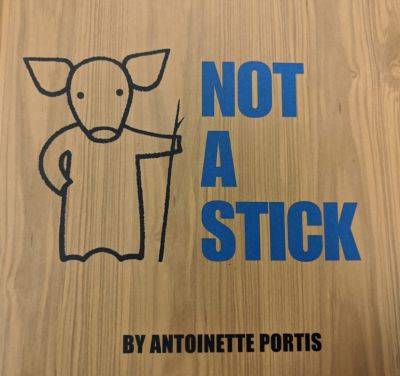
Sharing Nature with Children: Garden Sprouts, a Preschool Program
Garden Sprouts is a program I run at the South Carolina Botanical Garden that is designed for preschoolers and caregivers. This class takes place once a week for three months every spring and fall. The goal is to share age-appropriate nature-based activities with children, who are mostly three to five years old, but sometimes younger or older. Over time I have learned the caregivers also learn things they never knew, enjoy the activities immensely, and are able to connect more deeply to the natural world through this program. The structure of this hour-long program is three-fold, we begin inside with a book related to the theme of the day, a walk or outdoor activity, and finally a craft. In this blog, I would like to share some of the books, outdoor activities, and crafts we have done in this class.
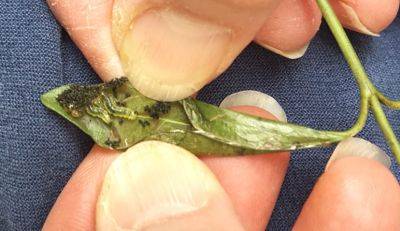
Destroying the Indestructible – Vinca leaf-folder
Perennial vines in the genus Vinca have proved to be sturdy and seemingly indestructible groundcovers for the Southeastern Unites States. However, over the past few years, vinca leaf-folder caterpillars have been ravaging landscape plantings of perennial vincas (Vinca major andVinca minor). Both can be infested, but V. major seems to sustain more damage. According to Dr. Matt Bertone, Entomologist at NC State University, this pest is likely Diaphania costata.
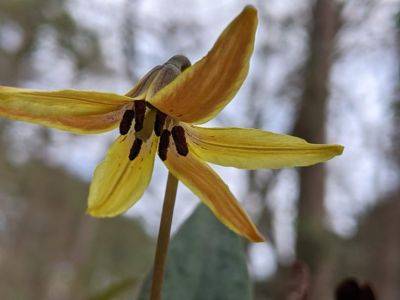
Trout Lilies
Every walk in the woods is a treasure hunt as spring ephemerals begin to break through the soil surface. I am almost positive that this trout lily was not up yesterday, but today it is in full flower in the South Carolina Botanical Garden. Notice the beautifully mottled foliage, reminiscent of a trout’s belly. In South Carolina, trout lilies begin to emerge in early to mid-February when leaves are off the trees. Their range is wide in eastern North America, from Labrador in the north to Georgia in the south and as far west as Mississippi.
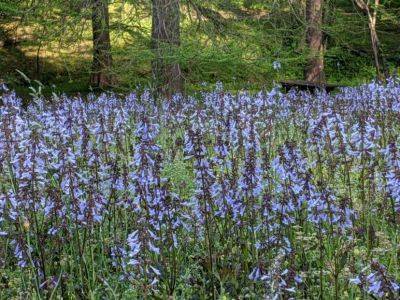
Lyreleaf Sage
It’s now late April, and I am enjoying these breath-taking vistas of Lyreleaf sage (Salvia lyrate) in the Arboretum of the South Carolina Botanical Garden (SCBG). This native perennial has put on an excellent show for the past week. Since sources claim this is a long-flowering plant, we should get even more pleasure from them for up to a month or more. Lyreleaf sage has light blue to dark purple tubular flowers arranged in whorls around a central stem. The square stem and two-lipped flowers reveal this as a member of the mint family. Still, unlike many mints, it is not particularly fragrant or tasty. Each plant has a basal rosette of leaves; each leaf is deeply lobed and can be deep green or tinged with purple.
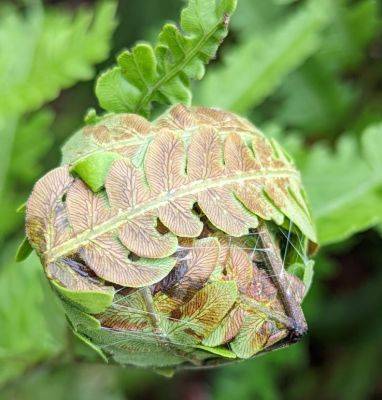
Leaftier
While walking in the Jurassic Garden at the South Carolina Botanical Garden, I noticed the ends of many fern fronds clearly engineered to make globe-like structures. When I took a close-up of this globe, I noticed delicate strands of silk crisscrossing the surface and holding the fonds closed tightly. What could be inside?
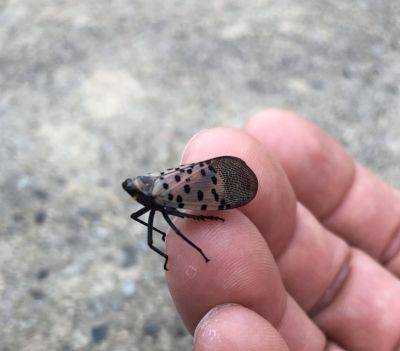
The Spotted Lanternfly Moves Closer To South Carolina
The spotted lanternfly (Lycorma delicatula) (SLF) is the latest non-native species to take hold in the U.S. This planthopper is large (about a half-inch long) and originally from several countries in the Far East. It was first found in Pennsylvania in 2014, and active infestations are now established in Connecticut, Delaware, Indiana, Maryland, Massachusetts, New Jersey, New York, Ohio, West Virginia, Virginia, and as of just last week, North Carolina. SLF has not been detected in South Carolina, but it is an insect for which we need to be on the lookout.

South Carolina Botanical Garden Plant Sale – Fall 2022
As summer fades and fall’s cool temperatures and moist days arrive, this is a fantastic time for planting perennials, shrubs, and trees. Under these conditions, plants get time to establish roots without the stresses of summer heat and dryness. Luckily, this is also time for the South Carolina Botanical Garden’s semi-annual plant sale. As well as offering great quality plants of all kinds, plant sales are our major fundraiser. Through them, you support our operations and the enhancements made to this unique and free public garden. The catalog is available online for pre-sale planning Preview the Catalog (PDF). Garden staff, volunteers, and Clemson University students will be available at the sale to help with plant selection. In addition, several partner organizations set up booths at the sale to answer questions about gardening-related topics and activities. To find out who will be here this year, check the catalog. For additional information, please contact Misty Shealy, Nursery Manager, at [email protected].
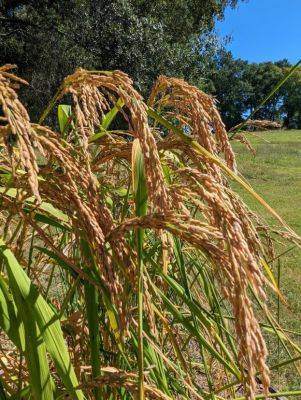
“Carolina Gold” Rice Growing in the Hanover House Garden
This heirloom grain, together with the skilled knowledge and forced labor of West Africans and their descendants, made South Carolina very, very rich. From 1720 to the outbreak of the Civil War, rice was the most economically valuable crop for this state. White landowners, who thought rice would do well in the low country, themselves lacked practical knowledge of rice cultivation. Instead, they paid a premium to slave traders to capture and transport laborers from the well-established rice region of West Africa to Carolina. During the 18th century, many enslaved people brought into Charleston came from this rice-growing area. These people and their descendants created the Gullah-Geechee culture in the low country.
